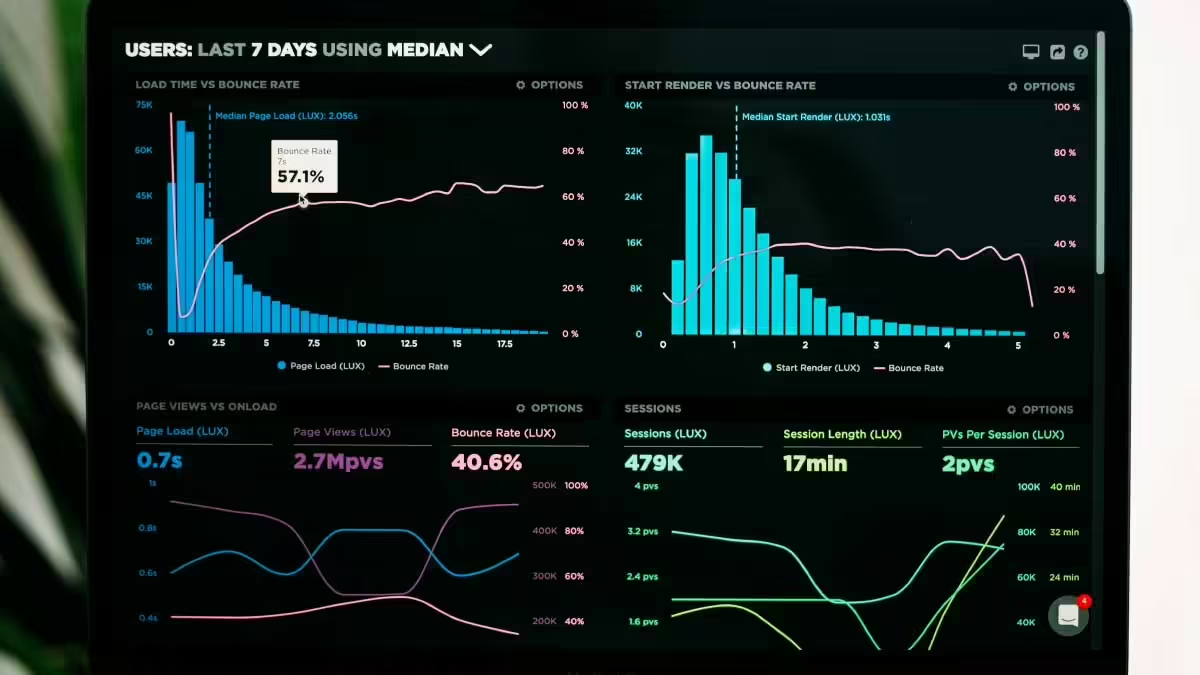
By Bob Apollo, Published October 15, 2014
Sirius Decisions recently published some very interesting research into the subject of when marketing-generated “leads” are regarded as being “sales ready”. The results surprised me, and I suspect that they might surprise you, as well.
There is, of course, no one right answer that covers all extremes from a simple transactional sell to a considered purchase that spans an extended period of time, involves multiple stakeholders and may still result in a decision to do nothing.
Sirius identified 5 increasingly rigorous levels of qualification, and measured the percentage of leads that were regarded as qualified at each stage. Given that most organisations seem to act in a somewhat consistent manner, the best way of interpreting the percentages is “what percentage of organisations typically regard a lead as sales-ready at each stage?”
To be clear, I am defining “sales-ready” to mean that the lead is ready to be passed to the sales person that will ultimately be responsible for pursuing the opportunity and closing the sale. I’m not including intermediate inside sales resources in this category.
Here are the 5 levels, and the associated percentages:
The problem, of course, is that “leads” with this minimal level of information are completely unqualified, other than they appear to have the marketing equivalent of a pulse (but even that is often open to debate).
Here’s the scary thing: according to the research, a worrying 28% of leads are simply handed over to sales at this stage without any attempt at even the most basic level of qualification. I’m struggling to think of any scenarios where this is a good use of everybody’s time.
Now we’re getting somewhere! To get to this stage, we need to at least know the contact’s title or role and what organisation they are part of. Even if they haven’t shared all of this with us, a little LinkedIn research can usually reveal this.
25% leads are handed over at this point. Of course, making the judgement requires that sales and marketing have already agreed and documented what an ideal prospect looks like – here’s how to go about this.
At this point, we’ve not only assessed that the contact is at the right level in the right organisation, but they have also acknowledged a need that we know that we are in a good position to solve.
It’s sometimes possible to infer this on the basis of information the contact has shared via a web form, but on most cases this will have required some form of interactive conversation with the prospect. 25% of leads fall into this middle tier.
By this stage, a prospect is probably deep into their buying journey. If the requirements have already been pre-defined without our involvement (for example in the form of an incoming and unanticipated RFP), chances are someone else has influenced the requirements.
Unless we can persuade them to rethink their requirements, our chances of winning are pretty low. And yet despite this, 10% of leads are held back from sales until the prospect’s requirements are already clear.
BANT, in case you’ve been on another planet, stands for Budget, Authority, Need and Timeframe. Some organisations used to regard it as the gold standard for lead qualification. But for all sorts of reasons, holding leads back from sales until all these boxes have been ticked is a truly bad idea.
And yet the last 10% of leads are only passed to sales once they are fully BANT qualified. You can learn about my views on this approach here. Suffice it to say that this strategy has so many flaws that you could write a book about it (and I may well do).
I’ve acknowledged that the stage at which a lead can be regarded as “sales ready” will vary from one environment to the next, but I believe that a number of observations can be made about a typical high-value complex sale:
First, defining leads as “sales ready” at level one strikes me as being wasteful at best and perverse at worst. There’s no excuse for not at least asking a handful of qualifying questions or doing some basic LinkedIn research. If you’re employing highly-paid, field-based sales people this probably isn’t the best use of their time, and it’s why so many organisations have successfully invested in telephone-based lead qualification resources.
Depending on the value of the opportunity, and the complexity of the factors involved in qualification, it may start to become productive to define leads as “sales ready” when they reach level 2 or 3.
Waiting until requirements have been defined (level 4) is often too late, but may be effective if your intermediate sales resource is skilled, competent and confident enough to pro-actively shape the prospect’s requirements rather than just documenting them.
Finally, and at the risk of repeating myself, waiting for evidence of full BANT qualification before handing a lead over to sales might work if all you need to do is close – but if that’s the case, you’re probably better getting your advice from Alec Baldwin.
Which leaves, of course, the question of how sales and marketing teams should organise to maximise their changes of attracting, engaging, qualifying and converting more of the right sort of customers.
In high value complex B2B sales, unless you’ve got an absolutely tiny sales organisation (and have no ambition to grow it), it’s hard to argue against implementing some form of intermediate phone-based qualification resources – and in fact there’s a strong case for further specialising into inbound and outbound focused resources.
In addition to qualifying inbound enquiries and proactively reaching our to people that match your ideal prospect profile, you can often benefit from using their spare cycle time to improve the quality of your prospecting database.
Have you clearly defined the stage at which marketing-generated leads are passed to the ultimate sales person – and clarified the intermediate handoffs? And have you clearly defined what activity and feedback you expect from sales as a result? If you haven’t established a clear contract between marketing and sales to cover this, I strongly suggest that you start today.









